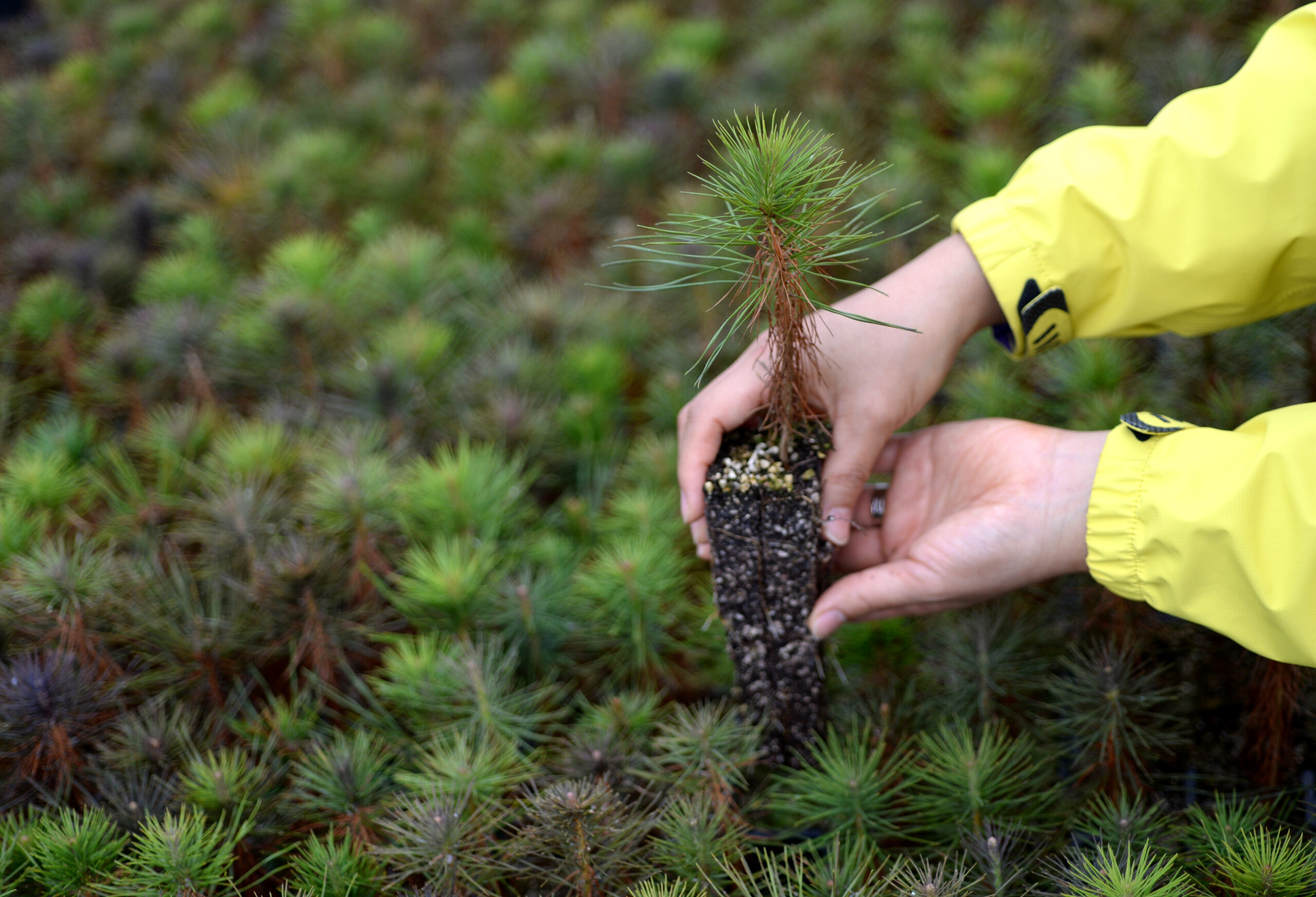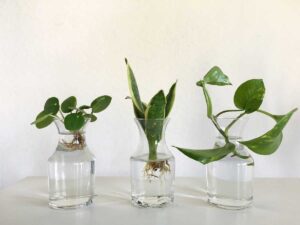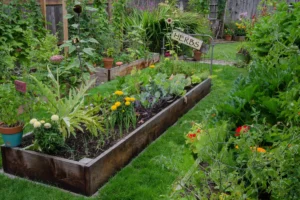Free Pine Trees for Planting: Your Complete Guide to Growing America’s Most Iconic Trees
Pine trees stand as silent sentinels across the American landscape, from the towering ponderosas of the West to the stately white pines of New England. These majestic conifers offer more than just beauty—they provide habitat for wildlife, prevent soil erosion, capture carbon, and can even increase property values. If you’re interested in adding these remarkable trees to your landscape without breaking the bank, you’ve come to the right place.
There’s something profoundly satisfying about planting a tree that will outlive you, creating a legacy that future generations will enjoy. Even better when that tree comes without a price tag! In this comprehensive guide, we’ll explore the many ways you can obtain free pine trees for planting, the benefits they provide, how to properly care for them, and resources available specifically for American landowners and gardeners.
Why Plant Pine Trees on Your Property?
Before diving into how to get free pine trees, let’s consider why you might want to plant them in the first place. Pine trees aren’t just aesthetically pleasing—they provide numerous ecological and economic benefits that make them an excellent addition to almost any property.
Pine trees serve as natural windbreaks, reducing heating costs in winter by up to 30% when strategically planted. During hot summer months, their shade can lower cooling costs significantly. The U.S. Department of Energy estimates that properly placed trees can save a typical household $100-$250 annually in energy costs.
From an environmental perspective, pine trees act as carbon sinks, absorbing CO₂ from the atmosphere. A single mature pine can sequester hundreds of pounds of carbon dioxide each year. They also provide crucial habitat for birds, squirrels, and other wildlife while their needles create a natural mulch that suppresses weeds and returns nutrients to the soil.
For property owners, pine trees can increase real estate values by 5-20% according to multiple studies. Whether you’re looking to enhance your home’s curb appeal, create privacy screening, or contribute to environmental restoration, pine trees offer an excellent return on investment—especially when that investment is minimal or free.
Government Programs Offering Free Pine Trees
The U.S. government recognizes the importance of reforestation and offers several programs through which you can obtain free or heavily subsidized pine trees. These initiatives are designed to encourage conservation, prevent soil erosion, improve water quality, and enhance wildlife habitat.
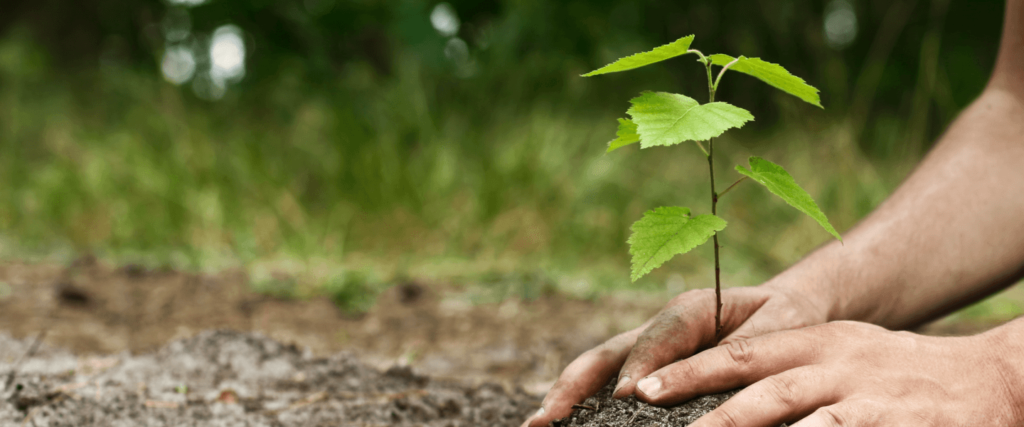
USDA Conservation Programs
The Natural Resources Conservation Service (NRCS), a division of the United States Department of Agriculture, offers technical and financial assistance to landowners interested in implementing conservation practices, including tree planting. Through programs like the Environmental Quality Incentives Program (EQIP) and the Conservation Stewardship Program (CSP), you may qualify for free pine seedlings or significant cost-sharing for your planting projects.
To determine your eligibility, visit the NRCS website (https://www.nrcs.usda.gov/programs-initiatives/eqip-environmental-quality-incentives) or contact your local USDA Service Center. These programs typically require you to maintain the trees for a specific period and follow certain conservation practices, but the benefits far outweigh these modest requirements.
State Forestry Departments
Every state has its own forestry department or division that often provides free or low-cost tree seedlings to residents. These programs aim to promote reforestation, control erosion, and improve wildlife habitat. For example, the Georgia Forestry Commission offers pine seedlings at minimal cost through its annual seedling sale, while the Virginia Department of Forestry provides seedlings to landowners committed to reforestation.
The requirements and availability vary by state, so you’ll want to contact your state forestry agency directly. Most state programs require a minimum order quantity and may have restrictions on how the trees are used, but they represent an excellent opportunity to obtain quality pine seedlings at little to no cost.
The Arbor Day Foundation
While not a government entity, the Arbor Day Foundation partners with numerous federal and state agencies to provide trees to the public. Their Free Trees programs change throughout the year, but often include pine species. By becoming a member for just $10, you can receive 10 free trees appropriate for your region. The Foundation also offers specific programs for replanting in national forests and areas affected by natural disasters.
Check their website regularly for current offerings or sign up for their newsletter to stay informed about free tree giveaways. Their partnership with the U.S. Forest Service makes this a semi-governmental resource worth exploring.
Corporate Sponsorships and Giveaways
Many corporations have sustainability initiatives that include tree giveaway programs as part of their environmental stewardship or carbon offset efforts. These represent another excellent source of free pine trees for your planting projects.
Utility Company Programs
Electric and gas utilities across the country offer free trees to customers to promote energy conservation. These “Energy-Saving Trees” programs recognize that strategically planted trees can significantly reduce home energy consumption. Companies like PG&E in California, ComEd in Illinois, and many others provide free trees to homeowners in their service areas.
These programs often include an online tool to help you determine the optimal location for planting to maximize energy savings. Check with your local utility company to see if they offer such a program. Most require only that you be a current customer and commit to proper tree care.
Corporate Environmental Initiatives
Companies like FedEx, UPS, Home Depot, and Walmart periodically sponsor tree giveaway events as part of their corporate social responsibility programs. These events are typically held in partnership with local conservation organizations or community groups.
To find these opportunities, follow these companies on social media, sign up for their email newsletters, or check with local environmental organizations that might partner with these corporations. While availability may be limited, these giveaways can provide you with free, high-quality pine seedlings or saplings.
Community-Based Resources for Free Pine Trees
Your local community offers numerous resources for obtaining free pine trees, often with the added benefit of local expertise on which varieties will thrive in your specific area.
Local Conservation Districts
Soil and Water Conservation Districts exist in nearly every county in the United States. These locally led conservation agencies often hold annual tree sales where pine seedlings are available at nominal costs, sometimes even free for certain conservation projects.
Beyond providing trees, conservation districts offer invaluable guidance on soil testing, appropriate species selection, and planting techniques. Their staff can help you develop a planting plan tailored to your property’s specific conditions. Find your local district through the National Association of Conservation Districts website or by contacting your county extension office.
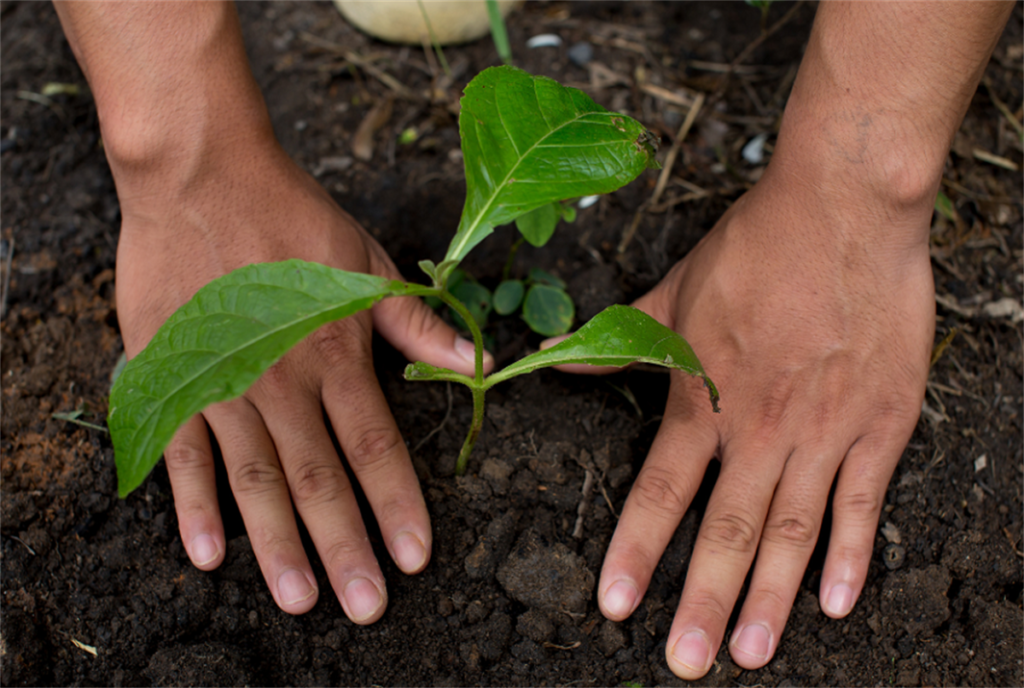
Community Seed Libraries and Plant Exchanges
Many communities have established seed libraries or regular plant exchange events where gardeners share plants, seeds, and sometimes tree seedlings. These grassroots initiatives promote biodiversity and sustainability while creating networks of local gardening enthusiasts.
To find such resources in your area, check with public libraries, garden clubs, or community centers. Social media platforms like Facebook and Nextdoor often have groups dedicated to plant exchanges where you might find pine seedlings or even pine cones for starting your own trees from seed.
Educational Institutions
Universities with forestry or environmental science programs, particularly land-grant institutions, sometimes offer free tree seedlings as part of their extension services or research projects. These programs often include educational components to ensure proper planting and care.
Contact the forestry or environmental science department of nearby universities to inquire about such opportunities. Even if they don’t have a formal giveaway program, they might direct you to other local resources or upcoming events where free trees are available.
Native Pine Species for Different U.S. Regions
When selecting pine trees for your property, it’s essential to choose species native to your region or well-adapted to your local conditions. Native pines will require less maintenance, have greater resistance to local pests and diseases, and provide better habitat for native wildlife.
The following table provides an overview of pine species well-suited to different regions of the United States:
| Region | Recommended Pine Species | Growth Rate | Mature Height | Key Benefits |
|---|---|---|---|---|
| Northeast | Eastern White Pine (Pinus strobus), Pitch Pine (Pinus rigida) | Moderate to Fast | 50-80 ft | Windbreak, Wildlife Habitat, Timber |
| Southeast | Loblolly Pine (Pinus taeda), Longleaf Pine (Pinus palustris) | Fast | 60-100 ft | Erosion Control, Timber, Hurricane Resistance |
| Midwest | Red Pine (Pinus resinosa), Jack Pine (Pinus banksiana) | Moderate | 40-80 ft | Windbreak, Sandy Soil Stabilization |
| Mountain West | Ponderosa Pine (Pinus ponderosa), Lodgepole Pine (Pinus contorta) | Slow to Moderate | 60-100 ft | Drought Tolerance, Fire Adaptation |
| Pacific Northwest | Western White Pine (Pinus monticola), Shore Pine (Pinus contorta var. contorta) | Moderate | 40-80 ft | Coastal Tolerance, Erosion Control |
| Southwest | Pinyon Pine (Pinus edulis), Southwestern White Pine (Pinus strobiformis) | Slow | 20-60 ft | Drought Tolerance, Edible Seeds |
When participating in free tree programs, you may not always have a choice of species. However, it’s worth asking if options are available and selecting the species best suited to your specific location and goals. The U.S. Forest Service provides detailed information about native tree species through their website and regional offices.
How to Successfully Grow Pine Trees from Seedlings
Obtaining free pine trees is only the first step—proper planting and care are essential to ensure their survival and growth. Here’s a comprehensive guide to help you successfully establish your new pine trees.
Site Selection and Preparation
Pine trees generally prefer well-drained, slightly acidic soil with full sun exposure, though specific requirements vary by species. Before planting, consider these factors:
Space requirements: Most pine species grow quite large, so ensure adequate space for their mature size. Plant at least 20 feet from structures and 10-15 feet from other trees.
Soil conditions: While pines are adaptable, they prefer not to sit in water. If your soil is heavy clay, consider creating raised planting areas or adding organic matter to improve drainage.
Sun exposure: Most pines require at least six hours of direct sunlight daily to thrive. Observe your planting site throughout the day to ensure adequate light.
Once you’ve selected your site, prepare the area by removing grass and weeds in a 3-foot diameter circle around each planting location. This reduces competition for water and nutrients during the critical establishment phase.
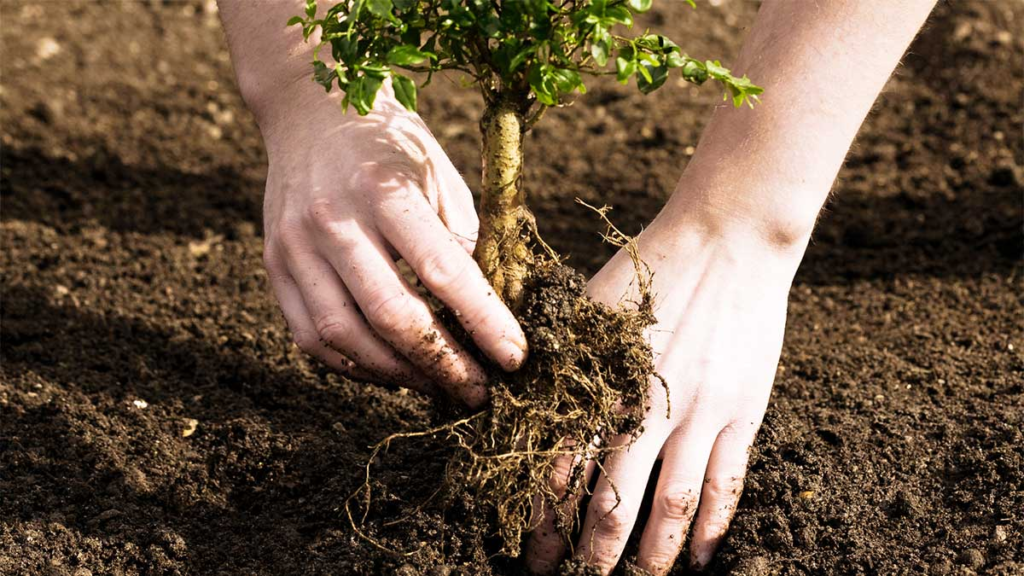
Planting Techniques for Pine Seedlings
The best time to plant pine seedlings is during their dormant season—typically late fall through early spring, depending on your climate. Follow these steps for successful planting:
- Dig a hole twice as wide as the root system but no deeper than the root collar (the point where the roots meet the stem).
- If planting bareroot seedlings, create a small mound at the bottom of the hole and arrange the roots down and outward. For container-grown seedlings, gently loosen the outer roots before placement.
- Position the seedling so the root collar is level with or slightly above the surrounding soil level—never plant too deep.
- Backfill with native soil, firming gently to eliminate air pockets without compacting too heavily.
- Create a shallow basin around the tree to collect water, and apply 2-3 inches of mulch in a circle around the seedling, keeping it from directly contacting the stem.
- Water thoroughly after planting, providing about 1 gallon of water per seedling.
The U.S. Forest Service provides detailed planting guides through their website (https://www.fs.usda.gov/managing-land/private-land/agroforestry) and local extension offices can offer region-specific advice.
Ongoing Care and Maintenance
The first two to three years are critical for establishing new pine trees. During this period, focus on these essential care practices:
Watering: Provide approximately 1 gallon of water per week in the absence of rain. Water deeply and infrequently rather than with frequent shallow waterings to encourage deep root development.
Protection: Young pines are vulnerable to damage from wildlife browsing. Consider using tree tubes, wire cages, or repellents to protect seedlings, especially if deer are prevalent in your area.
Weed control: Maintain a weed-free zone around each seedling. Competing vegetation can significantly reduce growth rates and survival of young pines.
Avoid fertilization for the first year after planting. When trees are established, a light application of balanced, slow-release fertilizer in early spring can promote healthy growth, but it’s rarely necessary for pines in reasonable soil.
Creating Pine Tree Windbreaks and Privacy Screens
One of the most popular uses for free pine trees is creating windbreaks or privacy screens. These living barriers can significantly reduce heating costs, protect gardens from harsh winds, and create privacy from neighboring properties.
Designing Effective Windbreaks
An effective windbreak requires careful planning regarding tree spacing, arrangement, and species selection. Consider these design principles:
Multi-row designs provide superior protection. For maximum effectiveness, plant three to five rows of trees with staggered spacing between rows.
Space trees within rows based on their mature width—typically 8-12 feet apart for most pine species used in windbreaks.
Incorporate different species if possible, including deciduous trees and shrubs along with your pines, to create biodiversity and resilience against species-specific diseases.
Orient windbreaks perpendicular to prevailing winter winds, which typically come from the north or northwest in most of the United States.
The USDA provides detailed windbreak design guidelines through their National Agroforestry Center, including spacing recommendations and species combinations for different regions.
Privacy Screen Considerations
For privacy screens, dense evergreen species like Eastern White Pine, Norway Spruce, or Leyland Cypress are ideal choices. Consider these factors when creating a pine privacy screen:
Plant trees closer together than you would for a windbreak—typically 6-8 feet apart for most pine species.
For quicker results, consider a staggered double row with trees offset from each other.
Remember that while pines provide year-round privacy, they will take several years to fill in completely. Temporary privacy measures might be needed while trees mature.
Maintain lower branches by avoiding excessive pruning. Unlike deciduous trees, most pines don’t respond well to heavy pruning, and removing lower limbs defeats the purpose of a privacy screen.
Starting Pine Trees from Seeds: A Low-Cost Alternative
If you can’t find free seedlings, growing pines from seeds offers an extremely economical alternative, with pine cones often freely available in parks, forests, or even your neighborhood.
Collecting and Preparing Pine Seeds
Pine seeds can be collected from mature cones following these steps:
Collect unopened, mature cones in late summer or early fall. Look for cones that are still tightly closed but have begun to change from green to brown.
Place the cones in a warm, dry location on a sheet of paper or in a paper bag. As they dry, they will open, releasing their seeds.
Extract the seeds by gently shaking or tapping the open cones. Each seed typically has a wing that aids in wind dispersal; these can be gently rubbed off.
Store collected seeds in a cool, dry place until you’re ready to plant them. Most pine seeds remain viable for 1-2 years when properly stored.
Stratification and Germination
Most pine seeds require a period of cold stratification to break dormancy and trigger germination. This process mimics the natural winter conditions seeds would experience outdoors:
Place seeds in a plastic bag with slightly dampened peat moss or sand.
Refrigerate the bag for 30-90 days, depending on the species (research your specific pine variety for precise timing).
After stratification, plant seeds about 1/4 inch deep in containers filled with a well-draining seed-starting mix.
Keep the soil consistently moist but not waterlogged, and provide bright, indirect light until germination occurs.
Once seedlings reach 4-6 inches tall with well-developed root systems, they can be transplanted into larger containers or directly into the ground if weather conditions are favorable.
While this method takes longer than starting with seedlings, it allows you to grow dozens or even hundreds of trees for virtually no cost.
Leveraging Social Media and Online Resources
In today’s connected world, digital platforms offer excellent opportunities to find free pine trees or connect with others who share your interest in reforestation.
Online Platforms for Free Plant Exchange
Websites and apps dedicated to sharing plants and garden materials have proliferated in recent years. Platforms worth exploring include:
Freecycle and local “Buy Nothing” Facebook groups often have members giving away tree seedlings or saplings.
Specialized gardening forums like Garden.org or permaculture websites frequently have seed and plant exchange sections.
Nextdoor and other neighborhood-specific apps can connect you with nearby residents who may have excess seedlings to share.
When using these platforms, be specific about what you’re looking for and why. People are often more willing to share when they know their contributions will be valued and well-cared for.
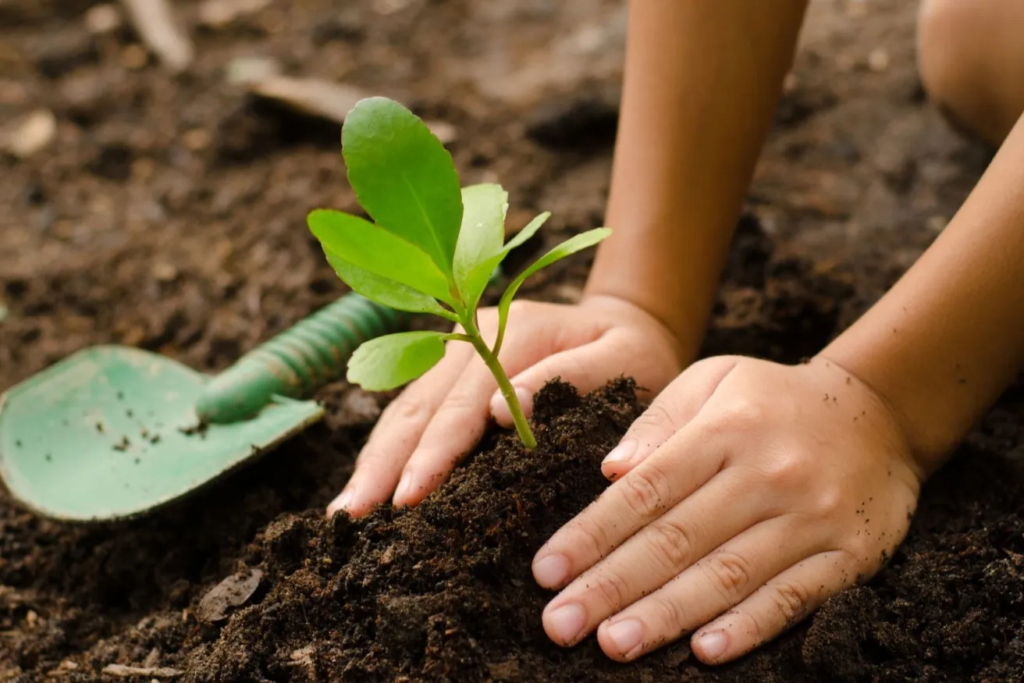
Building Community Through Tree Planting
Consider organizing community tree planting events to leverage group purchasing power and shared resources:
Connect with neighbors interested in windbreaks or privacy plantings along shared boundaries to create bulk orders.
Partner with local environmental groups to organize community forestry projects that may qualify for free trees from government programs.
Start a neighborhood tree nursery where participants can grow seedlings from seeds or cuttings to share among group members.
These collaborative approaches not only help you obtain free or low-cost trees but also build community connections and shared knowledge about local growing conditions.
Conclusion: Your Pine Tree Legacy
Planting pine trees represents an investment in the future—a legacy that will continue to provide benefits long after you’re gone. By taking advantage of the many free pine tree resources available through government programs, corporate initiatives, community organizations, and natural propagation methods, you can make a significant environmental impact without a significant financial investment.
Whether you’re planting a single tree in your backyard, creating a windbreak on your farm, or participating in community reforestation efforts, each pine tree you establish helps clean our air, protect our soil, provide wildlife habitat, and create beauty for generations to come. The pine seedling you plant today at no cost could become a majestic 100-foot giant that your grandchildren’s grandchildren will admire.
As you begin your journey toward obtaining and planting free pine trees, remember that local expertise is invaluable. Connect with your state forestry department, county extension office, or local conservation district for guidance specific to your region. These resources, along with the online information provided by the U.S. Forest Service and other federal agencies, will help ensure your free pine trees grow into the healthy, vibrant forest sentinels they’re meant to be.
